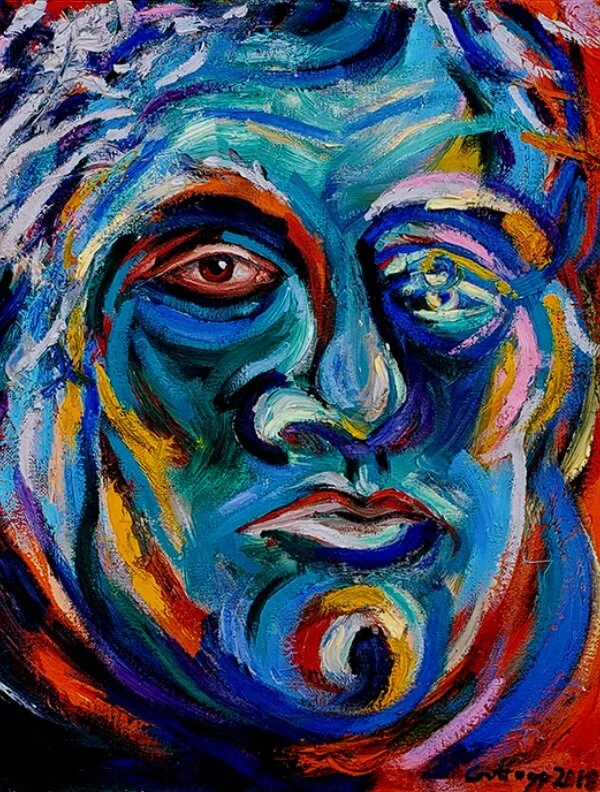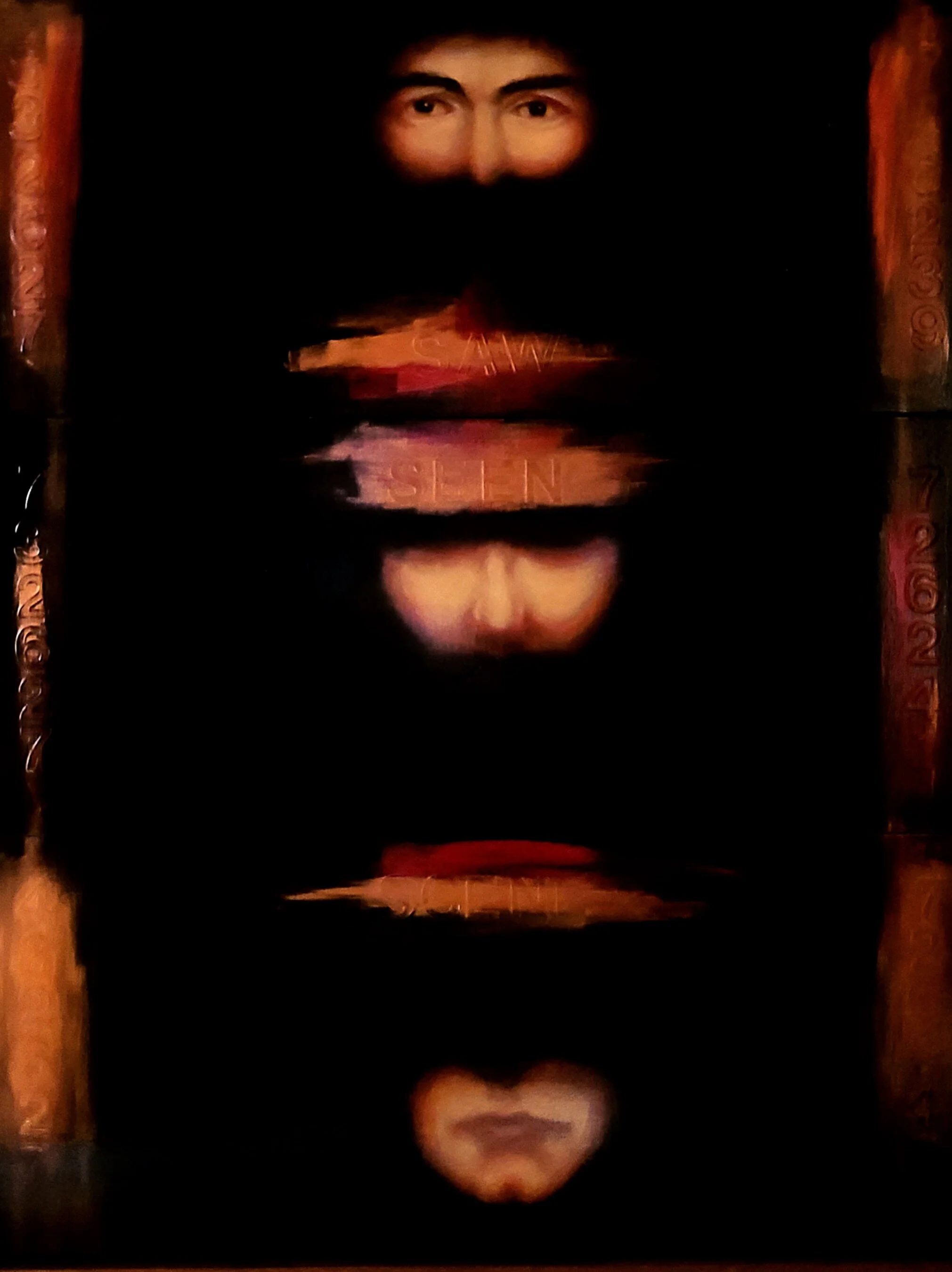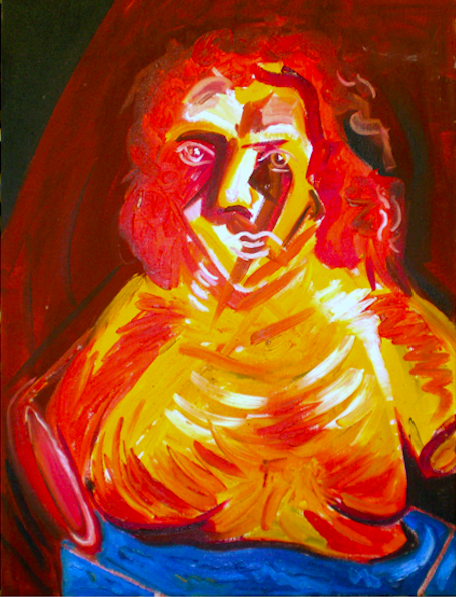Happy Holidays,
I am sending gratitude from the Los Angeles studio, wishing everyone a peaceful and bright holiday season. Here we are sending our last conversation during 2022. This one is about transcending - an on-going topic I have been milling over with Shane.
In Part 3 we talked about time and space, we also discussed the complexity of Shane’s 2016, “At the Still Point of the Turning World” oil on canvas. I mentioned Spinoza’s ‘inherent nature of all things’ and Shane shared his thoughts on the creator and observer. In Part 4, the focus is on change and transcendence. As we reach the closing of 2022, I think this discussion is necessary to prepare for what is to come in 2023. Parts of this conversation are taken from our podcast “Blue” also the title of the current exhibition on display at The Blue Room on Western Avenue, consisting of three large works and what I refer to as Shane’s transcendental paintings. - VC
The Life of the Artist and the Creative Process - Part 4
VC: I recently found an excerpt in The World Interiors magazine (January 2021), by JG Ballard. There was a section on the “Word” of interiors celebrating four decades of the magazine’s success with special content using text to describe an interior. Ballard’s contribution, an excerpt from “The Future of the Future” (1977) predicts life in 2000. Ballard’s text brings to light who we are today, and the disconnect endured by living in the information age. I am charmed by his foresight – he was not alone with his vision, as many others predicted similar outcomes. But I would like to begin this conversation with Shane by sharing this current mood of the now /then and the need to transcend into the safe arrival of 2023.
“In the dream house of the year 2000, Mrs. Tomorrow will find herself living happily inside her own head. Walls, floors and ceilings will be huge, unbroken screens on which will be projected a continuous sound-and-visual display of her pulse and respiration, her brain waves and blood pressure. The delicate quicksilver loom of her nervous system as she sits at her dressing-table, the sudden flush of adrenaline as the telephone rings, the warm arterial tides of emotion as she arranges lunch with her lover, all these will surround her with a continuous lightshow. Every aspect of her home will literally reflect her character and personality, a visible image of her inner self to be overlaid and enhanced by those of her husband and children, relatives and friends. A marital tiff will resemble the percussive climax of The Rite of Spring, while a dinner party (with each of the guests wired into the circuitry) will be embellished by a series of frescoes as richly filled with character and incident as a gallery of Veroneses. By contrast, an off day will box her into a labyrinth of Francis Bacons, a premonition of spring surround her with the landscapes of Constable, an amorous daydream transform the walls of her bathroom into a seraglio worthy of Ingres”
VC: It’s interesting, as we read deeper into Ballard’s text, Mrs. Tomorrow’s life is revealed by artist paintings. As I lay awake during these cold months, tossing and turning, listening to the echoing sounds of police cars and helicopters chasing into the Hollywood night, I continue to contemplate my existence, questioning the decisions I have made and where my life will end up. And during this time, I will be prompted by great artworks that have shaped my life. I will make a plea to the world, that creative beings will continue to observe what’s around them and define what it means to be human. And if in the far future, if art has no physical presence, there will be some chamber within our mind that will remind us of great artists and how our experience has been described through the centuries, because, I believe, art was made for just that.
Read More





